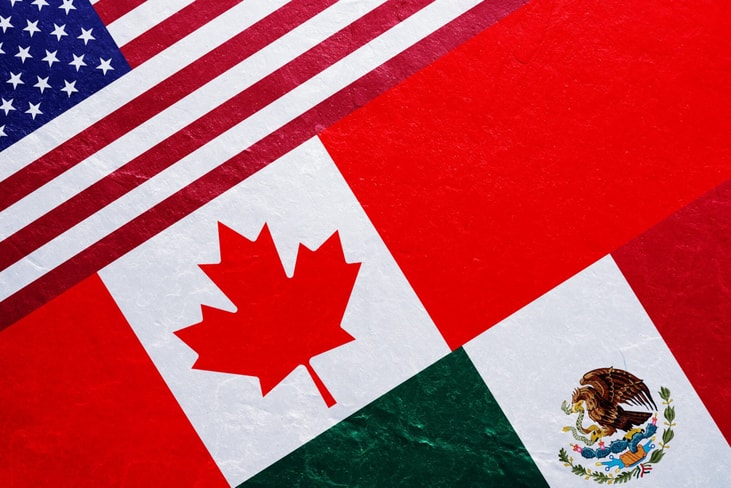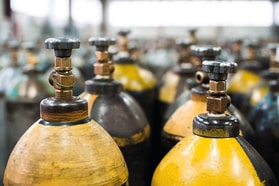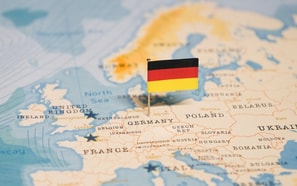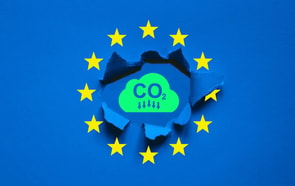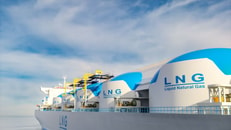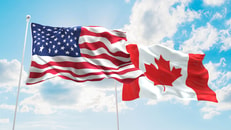Canada and Mexico brace for US tariffs impact
President-elect Donald Trump has pledged to impose 25% tariffs on all products imported from Canada and Mexico, as well as 10% tariffs on goods entering from China.
But it remains to be seen whether Trump’s words in a social media post will translate into action from January. Certainly the stakes are high for both countries.
The US and Mexico have ‘a synergistic relationship’ when it comes to natural gas, according to SPG Global. Mexico is an important outlet for US gas production, and the country to the south relies heavily on US gas supply, particularly for industry, as it lacks the resources to develop its own reserves.
US gas flows to Mexico have averaged almost 6.4 Bcf/d this year, a record high, and strong growth is expected out to 2029 thanks to rising demand in Mexico, both domestically and for exports.
... to continue reading you must be subscribed

